MM Fantasy Romance Review: Goldheart
Goldheart by Tess Carletta My rating: 4 of 5 stars | Goodreads | Amazon | Bookbub | Genres: mm fantasy, mm romantasy, mm high fantasy, mm sword and sorcery
Introduction
Reading Goldheart by Tess Carlette will take you on an adventurous journey through a high fantasy world. Packed full of epic adventures, this new mm fantasy book features strong, nuanced characters, and explores the light and dark sides of the human experience in its themes. While Goldheart is being marketed as an MM romance, the love story isn’t the sole focus of the book. Goldheart is a high fantasy that includes gay romance(s). And that’s a refreshing take on the whole genre, in my opinion.
Blurb
A world plagued by sun sickness can be both terrible and beautiful.
Senna Kane was plucked from his orphanage and molded into the perfect Goldheart—the personal bodyguard to the prince. It’s a demanding job, made harder by the headstrong prince’s desire to solve the tension between the darkness-bathed Talsura and the sun-welcoming Redwind, but Senna has vowed to do his best.
Defying the law, Senna and the prince sneak out of their kingdom to meet with the Redwindan princess to work towards peace. There, Senna finds himself spending more time with the princess’ charming guard, Emrys, who challenges Senna to try bold and impossible things—like harnessing the sun’s power to grow plants from his own body.
The quest for peace comes at odds with the two lovers as the sun sickness, terrifying monsters, and cruel rulers try to tear them apart at every turn. The danger leads Senna to what may be an impossible choice: to abandon his prince, his duty and life’s purpose, or lose the chance to become the man he could’ve been if that duty had never found him.
GOLDHEART is a story about chosen family, choosing love, and the impossible feat of staying good in times of darkness.
Genres: mm fantasy, romantasy, high fantasy, sword and sorcery
631 Pages, Kindle Edition
Expected publication June 25, 2025
Strong Start
Goldheart is a strong start to the new Foxglove & Feud series by Carletta, with a tight narrative, compelling characters, and themes that delve deep into the characters’ psyches. At times, however, the storytelling struggles with clarity, largely due to uneven characterizations.
Fantasy is My Bag
While I read a wide variety of MM romance genres, I have a particular love for mm fantasy, romantasy, and high fantasy settings. Some of my favorite stories of all time can be found sitting comfortably in this category: Tavia Lark’s Radience and Perilous Courts series, Anyta Sunday’s The King’s Man, and Ariana Nash’s The Prince’s Assassin come to mind.
Plot
Goldheart is set on the island of Islevaria, which consists of three main kingdoms: Talsura, Redwind, and Mount Livia. On first look, this book explores the concepts of darkness versus light.
Talsura exists in darkness, a magical barrier to the sun blocks out all light. Why? Exposure to the sun causes something called sun sickness. It started just a few decades ago when the island’s magic manifested in a horrible plague.
Sun Sickness
Sun sickness presents itself as plants growing from a person‘s body. If left uncontrolled, this sickness leads quickly to death. It’s reminiscent of the Hanahaki disease trope that might be familiar if you read fanfiction, but this disease doesn’t manifest due to unrequited love. With the sun sickness plaguing Islevaria, it’s simply exposure to the sun that causes the sickness. But the results are the same: plants and thorns ravage the body, leading to death.
Different Solutions
Talsura’s solution to the problem is to block out the sun entirely, its mages depleting their magic to maintain a huge sun shade and also to maintain life underneath the shade because, without the sun, everything must be magically enchanted.
The queen of Talsura exiles everyone who shows symptoms of the sun sickness, and those people journey across the moors. They experience great hardship along the way. Eventually, they establish a new kingdom called Redwind on land just adjacent to Talsura.
Redwind
Redwind, built upon the backs of a lot of trauma and death, represents light. Along their perilous journey, they discovered something miraculous: they could control the sun sickness, and it became their greatest power. Redwindians call it Inflorescence, and having taken control of the magic, they no longer die from the disease. Because they can control their inflorescence, their kingdom is full of flowers. It’s beautiful, and their traumatic origin has given them strength and resiliency.
The queen of Talsura is evil, and everyone is miserable. I mean, wouldn’t you have to be, no sun for twenty-plus years? It’s not exactly a subtle metaphor that the dark kingdom, especially the ruler, is evil. The light kingdom, presented as glorious and colorful, is good. And the very concept that they can control their inflorescence instead of succumbing to it, instead of hiding from it, is groundshaking to the Talsurans.
We Can Fix It, Yes We Can!
The crown prince wants to fix things. Percy and Thea, the crown princess of the Redwindian kingdom, began exchanging letters. Percy and Senna the Goldheart escape Talsura to visit Thea and Emrys. Seeing Redwind for the first time, they deeply understand the stark differences between their kingdoms.
Once the key players in the story meet, the stage is set for our story. The status quo has to go, and they need to be the ones to shake things up.
Central Themes
Struggle Reveals True Character
The first major theme explored in Goldheart centers around sun sickness and how it reveals one’s hidden character and motivations. The Talsuran Queen’s first instinct is to hide from the sun sickness, to cruelly banish everyone suffering from it, and to do everything to forget that it exists, to great expense and human suffering. Phaedra even exiles her own sister. Cruelty is her true character.
On the other hand, the Redwindian’s struggle reveals their resiliency and strength. While their exile is harsh, their journey seemingly insurmountable, it reveals their inner strength and their ability to do something about the injustices that pushed them out. It reveals their ability to control the sun sickness, empowering and uplifting them as they emerge from the burden of sun sickness and take the reins of inflorescence.
Emrys says it best. “These people have endured the worst days of their lives and clawed their way to the other side. Isn’t it a miracle that we seized control of the roots at our throats?”
Along with their true character being revealed by struggle, it also shows that one’s internal power can be harnessed and used for good. But that same potential can fester if it is left untrained, and it can easily sabotage and overrun one’s life.
Hidden Purposes and Identities
The theme of hidden purposes and hidden identities plays heavily in the narrative.
Hidden Purpose
Senna’s purpose is hidden even from himself. His purpose, set for him when he was too young to consent, is to guard the crown prince. With his life. And he does, gladly. Percy grows up with him as his friend and brother. The true nature of his guardianship is not fully revealed until it’s too late.
Hidden Identities
Hidden identities and hidden agendas play an important role in driving the narrative along. Thea is the crown princess in name only, but has a bad reputation as being cold and unapproachable. Emrys has the potential to be a great leader, but he hides his true promise to the world so he can lark around, hiding in plain sight as a guard. Nare is introduced as a librarian. In truth, she is an academic scholar of the magics.
The canons, the gods of this world, who are literal beings by the way, hide their true nature and even pretend to be other canons if the need arises.
Characters
Senna, the Goldheart
One of the main love interests is Senna. Senna is a Goldheart, a royal guard. Tasked from the young age of 9 to guard Percy, the crown prince, Senna practically raises Percy, loves him like a brother, and guards Percy with his life.
Senna is terrified of inflorescence. His childhood is stacked with trauma upon trauma related to sun sickness. Because of his trauma, he finds it difficult to speak with people he is unfamiliar with. In general, he’s a man of few words. Morally, he’s motivated by duty. He has little identity outside of being a guard, much to Emrys’ frustration.
Emrys, the Pretend Guard
Emrys is the other love interest. He is presented as a Redwindian guard, but is actually the Crown Prince. He and the Queen were among the first to be able to control their inflorescence. Emrys has shirked his duty as prince, since he’s hidden as a guard, but is still seen as a leader among the community.
Important Secondary Characters
While Emrys and Senna are the main love interests of this story, this first book in the series sets up an extensive cast of characters that all turn out to be important in some way. Princess Thea and Prince Percy initiate contact between the kingdoms. Nare, the librarian, becomes important in their quest for the cure to Thea’s fallowness. Sascha, the ruler of Mount Livia, steps in with important pieces of the puzzle when needed. The queens, oh yes, the queens, play important roles for better or for worse. There’s not a character you meet who doesn’t end up playing an important role in the story, somehow.
Glows
So Very Queer
Goldheart is a very queer book. Beyond the main love interests, so much about the world is inclusive and optimistically so. Children freely choose their gender presentation once they reach a certain age. Thea is presented as aroace (and neurodivergent!) and is completely oblivious to Nare’s interest in her. The leader of Mount Livia uses they/them pronouns. The cultist Ciaran is trans.
All of these elements just are; they are not the focus of the story, they are just a part of it. And I love that. Homophobia is null in this world. I appreciate when we, as readers, can immerse ourselves in a fantasy world with zero concept of this sort of hate.
Extensive World Building
Some chapters further side stories and characters, leaving out the main love interests entirely. By doing this, the author expands upon the world and makes it not just a love story. It’s a fantasy world, and the focus on a lot of characters makes it feel more like a fantasy novel and not a fantasy romance.
Goldheart is also over 500 pages, and is the first book in the series. So it does at times meander. For anyone who reads fantasy novels, that’s sort of the genre’s thing.
Having read all of the extant Song of Ice and Fire series, I will say that there is nothing succinct about those stories. Readers often follow characters whose stories are completely separate from the main events. This book is a little like that. But in Goldheart’s favor, secondary characters are all important to the main story.
Unique Mythology and Magical System
Furthering the extensive world-building in Goldheart, the mythology and the magical system are strikingly unique. The concept of inforesence/sun sickness being sides of the same coin, just controlled / uncontrolled, is novel. Talsurans use sigil magic instead of inforescence.
The mythos of the world also sets it apart from other fantasy stories. Canons are the gods and goddesses of this world, but are literal beings, not just sky-daddy concepts. Appealing to the canons means actually contacting them and winning over their favor. But unbeknownst to the mere mortals, not everything is on the up and up with the canons, and things are afoot that no one sees coming.
Grows
Unbalanced Characterizations
One of the major flaws of Goldheart is the uneven and unbalanced characterizations of major characters. The characters in Goldheart act unpredictably, and not always in a good way. Their actions are uneven; sometimes their reactions are straight out of left field. Having unpredictable characters can be okay, to a degree. But if a reader cannot reliably predict how a character will react, or if the character is always doing things that are wildly out of character, the character just needs more development.
As I read, I noticed several scenes where characters acted in unexpected ways that went against their established characterization. For example: Is Queen Casta a good Queen or a villain? For the most part, she’s seen as altruistic and good and a counterpart to Phaedra in Talsura. But then sometimes she’s written with a more menacing tone. Other times, Thea and Emrys talk about her as if she’s acting against them. And don’t get me started on how she treats poor Thea.
Percy’s character also struggles with some unevenness. He’s developed as a kindhearted prince, but sometimes he reacts like a selfish brat. Even Emrys does things that go against his established character development.
Because many key characters suffer from this unevenness, with out-of-character scenes peppering the entire length of the novel, this is an area to improve as the series continues.
Length
This book is very long, over 500 pages, and at times I wondered if it needs to be so long. I understand the author being reluctant to leave things out. However, a lot is going on in this book. I worry more casual readers will find its length daunting. Even I, a reader who reads 200+ books a year, kept surprising myself when I saw that I was only XX% of the way through the book.
Recommend or No?
I think this is a solid story. Even the unbalanced characters didn’t deter me from enjoying it. I enjoyed the unique world, the magic system, and the main plotline. Especially, I liked the developing romance between Senna and Emrys. I give this book a solid recommendation.
Review Paragraph
I received a free copy of this book via BookSirens and am voluntarily leaving a review. I write reviews on my blog, Goodreads, Bookbub, Amazon, and more. If you want me to read and review your upcoming novel, read my review policy and submit a contact form.

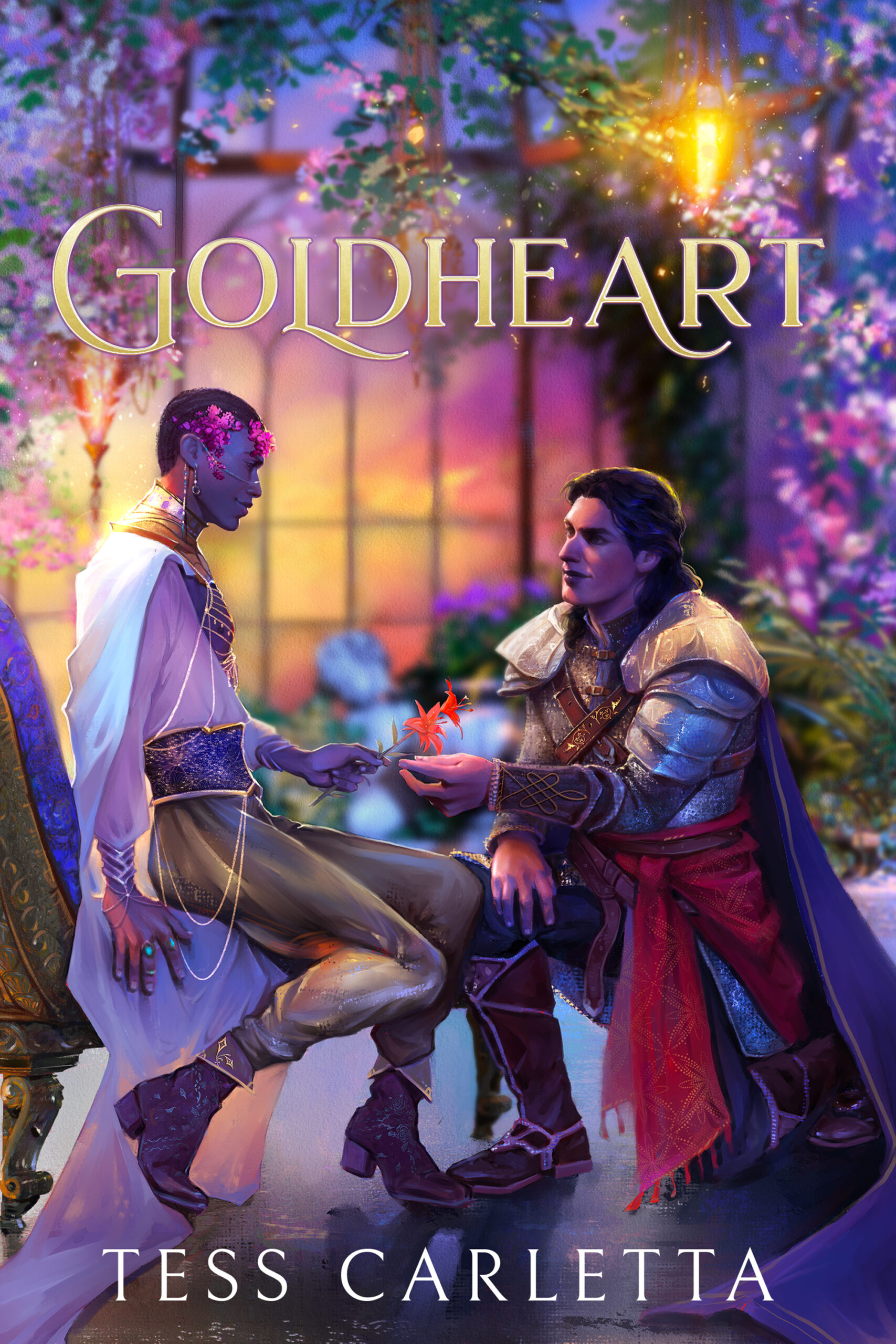
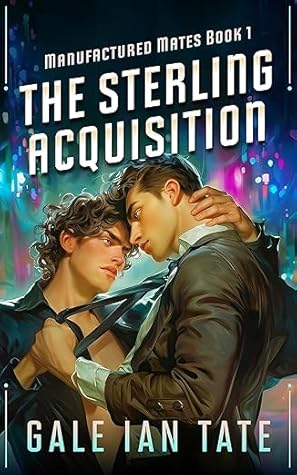
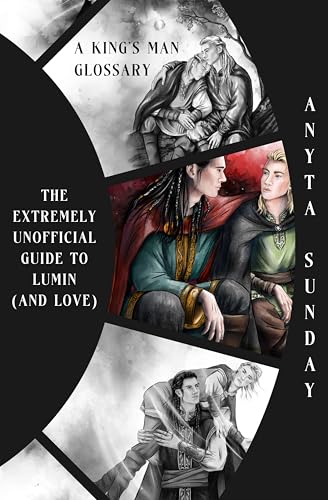
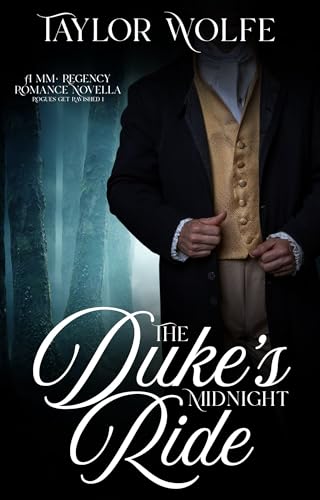

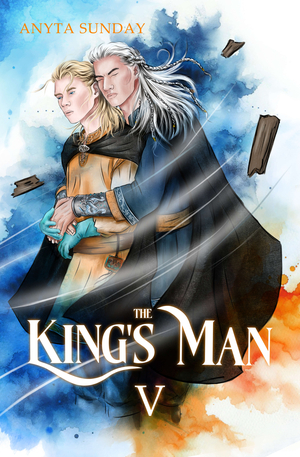

Leave a Reply
You must be logged in to post a comment.